Phase I,Huairou Base, General Research Institute for Nonferrous Metals
Designed by: The 8th Studio, Architecture Institute, China Architecture Design Group
Chief Designer: Ye Zheng
Total Area: 123,776 m2
General Research Institute for Nonferrous Metals is the largest comprehensive research institute in Chinese nonferrous metals industry. Established by the Institute and located at Yangyan Road, Huairou District, Beijing City, the new base covers an area of roughly 60,000 m2 and consists of an administration & reception center, functional room, medium-scale pilot workshop, and mass-production workshop, etc.
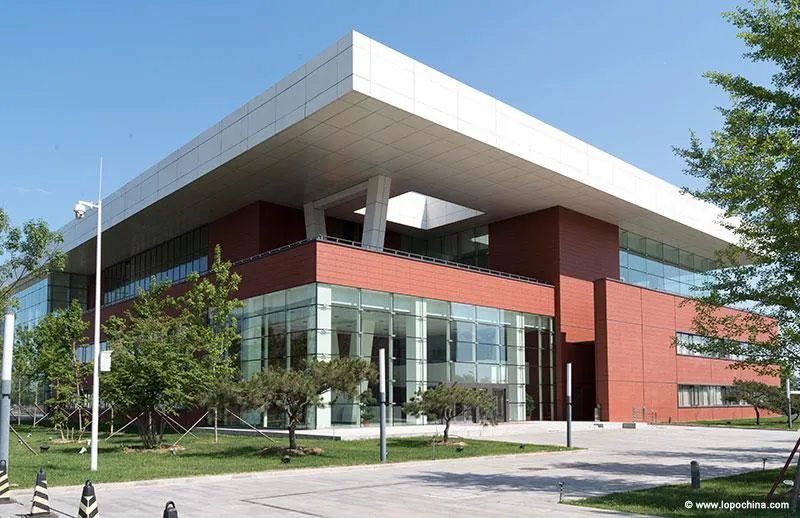
In an effort to create a green, people-centered and Eco-friendly high-tech center, the architects pioneered in adopting modular design to meet the comprehensive research institute’s requirement for high adaptability and sustainability.
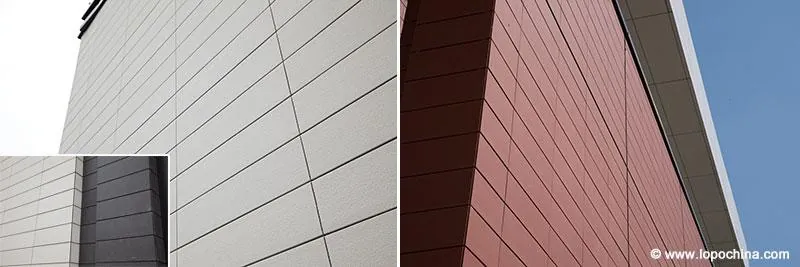
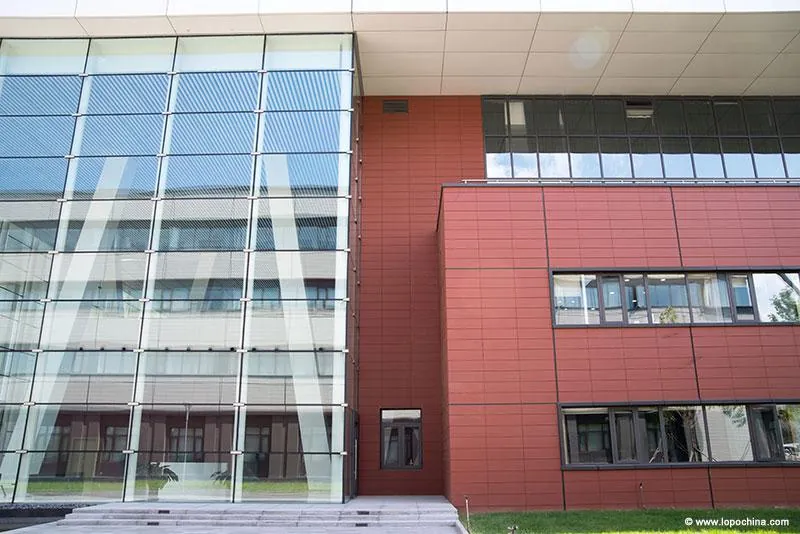
The designers use terracotta cladding panel of 25 cm wide and 900-1200cm long. Such slender panels are extensively used, making the external wall look exquisite and visually convey a feeling of depth.
The administration & reception center adopts gray aluminum alloy as the covering material for pillars and roof, and gets natural light through glass curtains, and is fashionably covered with LOPO’s scarlet flat terracotta rainscreen panels. The three materials combined, radiate with modern charm.
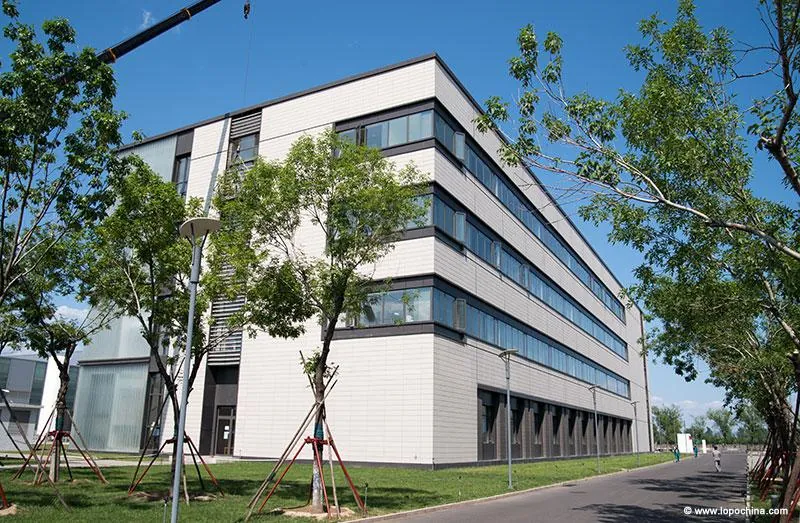
As for the medium-scale pilot workshop and mass-production workshop, gray frosted terracotta panels are used in the external walls of the building’ main body. The deep-gray sandblasted terracotta facade used in the windowsill and the building’s entrance, together with the deep-gray aluminum alloy strips that divide the facade, have prevented the building from being regular and monotonous and enabled the building to look more balanced.
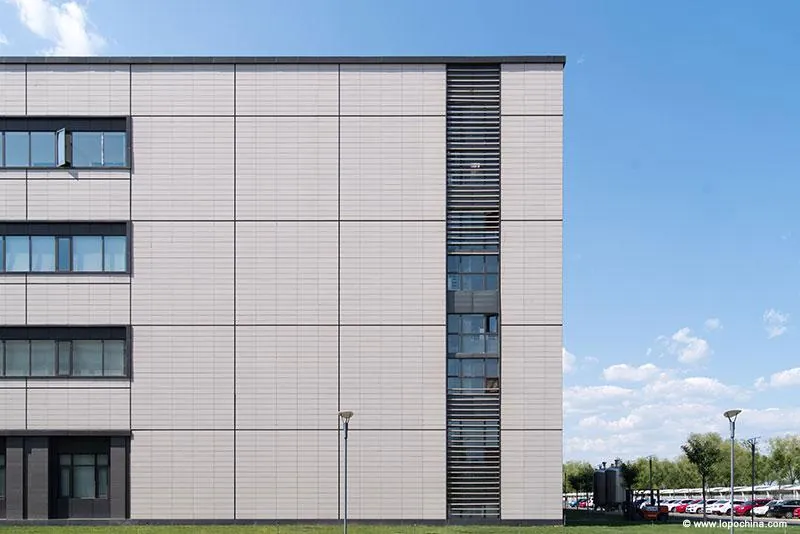
All rights reserved. No part of this article may be reproduced or retransmitted in any form without prior permission of www.lopochina.com